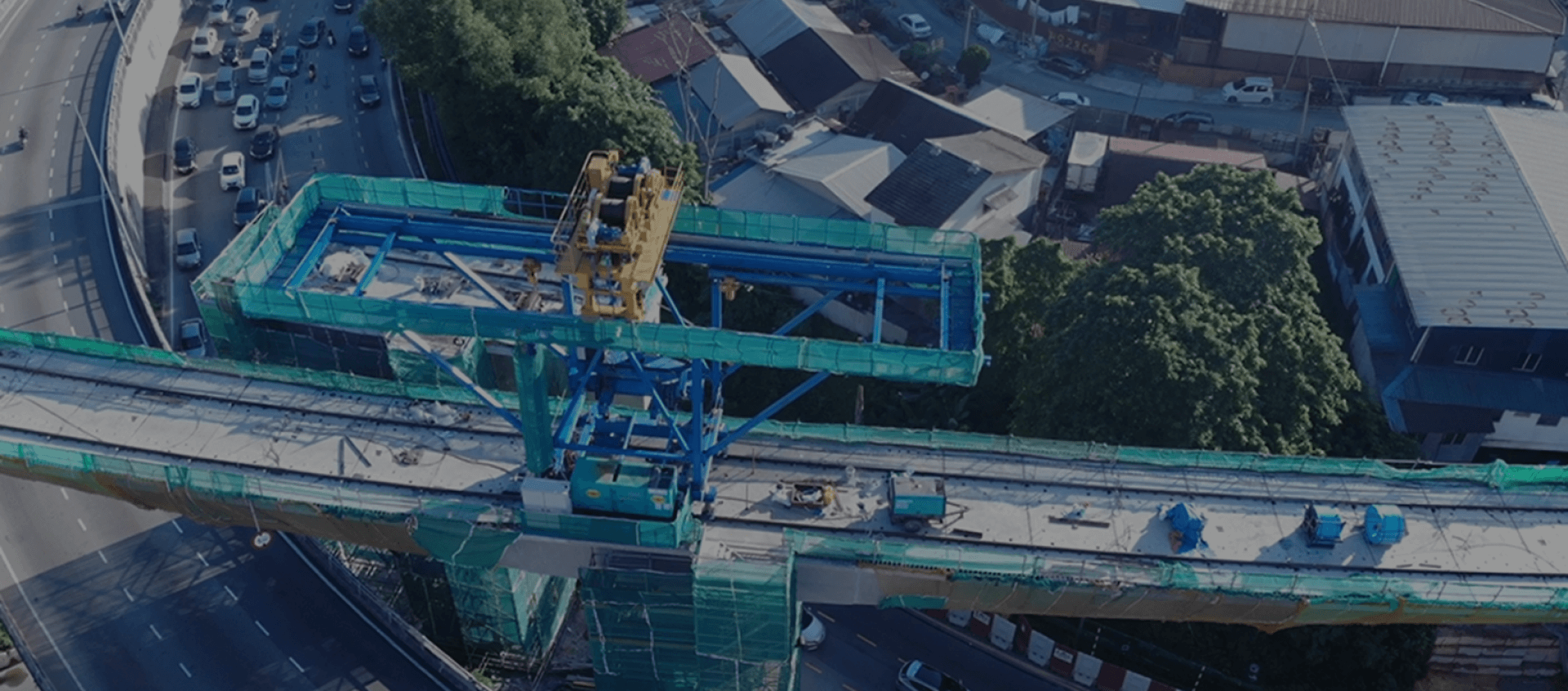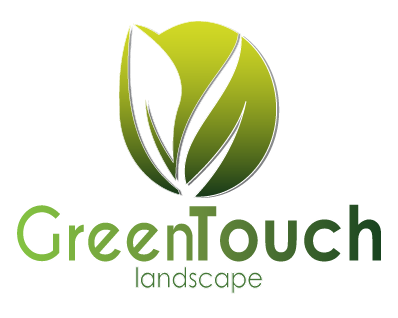Artificial grass has become an increasingly popular landscaping option in Malaysia, offering a low-maintenance alternative to natural lawns that can withstand the country's tropical climate and heavy rainfall. With various types available, including polyethylene, polypropylene, and nylon, artificial turf provides durability, efficient drainage, and year-round aesthetic appeal for both residential and commercial applications.
What is Artificial Grass ?
History
First gained attention in 1966 when ChemGrass was installed in the Astrodome
Artificial grass, also known as synthetic turf or artificial turf, is a surface made of synthetic fibers designed to mimic the appearance and functionality of natural grass. It is composed of several key components:
- Synthetic Fibers: The blades of artificial grass are typically made from materials such as polyethylene (PE), polypropylene (PP), or nylon. These fibers are engineered to resemble natural grass blades in appearance and texture.
- Backing Material: The fibers are attached to a solid backing, similar to how carpet is constructed. High-quality artificial grass often uses polyurethane backing for durability.
- Infill: Many artificial grass systems, particularly those used in sports applications, include an infill material such as sand or recycled crumb rubber. This helps support the fibers and provides cushioning.
- Thatch Layer: Modern artificial grass often includes a brown thatch layer woven into the turf to mimic the look of dead grass in a natural lawn, enhancing its realistic appearance.
Artificial grass was first introduced in 1966 when it was installed in the Houston Astrodome, marking the beginning of its use in sports facilities
.Since then, its application has expanded beyond sports to include residential lawns, commercial landscaping, and even specialized uses such as airport grounds
The technology behind artificial grass has evolved significantly since its inception. Modern artificial turf is designed to be more realistic in appearance and feel, with improvements in durability and performance. Many products now include features such as:
- UV-resistant coatings to prevent fading and maintain color over time
- Varied pile heights and densities to suit different applications and aesthetic preferences
- Advanced drainage systems for efficient water management
- Lead-free materials for safety considerations
Artificial grass offers several advantages, including low maintenance requirements, water conservation, and year-round green appearance
.However, it also has some drawbacks, such as initial installation costs and potential environmental concerns related to its production and disposal
In recent years, artificial grass has gained popularity in residential and commercial landscaping, particularly in areas with water scarcity or where maintaining natural grass is challenging.
Types of Artificial Grass
Artificial grass comes in various types, each designed to meet specific needs and preferences. The main types available in Malaysia include:
- Polyethylene (PE) Grass: This is one of the most popular types due to its softness and natural appearance. PE grass is durable, UV-resistant, and ideal for residential lawns and landscaping. It often features a combination of straight and curled blades to mimic natural grass textures.
- Polypropylene (PP) Grass: Generally less expensive than PE, PP grass is suitable for areas with light to moderate foot traffic. It's less durable than PE but can be a cost-effective option for decorative purposes or areas with minimal use.
- Nylon Grass: The most durable and resilient type of artificial grass, nylon can withstand heavy foot traffic and high temperatures. It's often used in sports fields and high-traffic commercial areas. However, it tends to be more expensive and less soft than PE grass.
- Hybrid Grass: Some manufacturers offer hybrid options that combine different materials to balance durability, softness, and cost-effectiveness. For example, a product might use PE for the main blades and PP for the thatch layer.
Artificial grass is also categorized by its pile height and density:
- Pile Height: Ranges from short (around 20mm) to long (up to 35mm or more). Shorter piles are often used for sports applications, while longer piles provide a more lush, natural look for landscaping.
- Density: Measured in stitches per square meter, with higher densities (up to 18,000 stitches/m²) providing a fuller, more realistic appearance.
Some artificial grass products feature additional technologies:
- C & U Technology: This refers to the shape of the grass blades. C-shaped blades provide a tall, thin fescue-like quality for realism, while U-shaped blades offer durability and performance.
- Drainage Systems: Many products include built-in drainage features, such as perforated backing or compatible drainage cells, to manage water efficiently.
When selecting artificial grass, consider factors such as intended use, desired appearance, local climate conditions, and budget. High-quality artificial grass products often come with warranties against UV discoloration and degradation, some offering up to 8 years of protection.
It's important to choose a type that balances aesthetics, durability, and functionality for your specific needs in Malaysia's tropical climate.
Benefits of Artificial Grass
Artificial grass offers numerous benefits that make it an attractive option for landscaping in Malaysia:
- Low Maintenance: Artificial turf eliminates the need for mowing, watering, fertilizing, and weed control, significantly reducing time and effort spent on lawn care.
- Durability: High-quality artificial grass can withstand heavy traffic and usage without becoming crooked or damaged, making it ideal for high-activity areas.
- Weather Resistance: Artificial grass is designed to withstand exposure to various weather conditions without deterioration. It retains its shape in high temperatures and resists fading from constant sun exposure due to UV protection.
- Eco-Friendly: By eliminating the need for synthetic fertilizers and weed-killing chemicals, artificial grass provides a greener and safer landscaping option.
- Safe for Children and Pets: Many artificial grass products, such as those made with P.E. Monofilament material, offer a soft and safe play area for children and pets.
- Year-Round Aesthetics: Artificial grass maintains a lush, full appearance throughout the year, with pile heights up to 35mm and densities up to 18,000 stitches per square meter.
- Longevity: Depending on the quality, artificial grass can have a life expectancy of around 15 years through normal use, providing long-term value.
- Hygienic: Some artificial turf products contain anti-bacterial properties that help prevent the spread of germs and bacteria, making them particularly suitable for areas where children play.
- Efficient Drainage: Many artificial grass products feature drainage systems, such as drain cells, that allow for efficient water flow and prevent waterlogging.
- Versatility: Artificial grass can be used in various settings, including residential lawns, commercial spaces, sports fields, and indoor areas, offering flexibility in landscaping applications.
By offering these benefits, artificial grass provides a practical and attractive solution for landscaping needs in Malaysia's tropical climate, combining aesthetic appeal with functional advantages.
What kind of Artificial Grass should you use for home landscaping?
When choosing the type of grass for home landscaping, it's essential to consider factors such as the intended use, aesthetic preferences, and local climate conditions. Here are some key points to consider:
- Polyethylene (PE) Grass:
- Softness and natural appearance
- Durable and UV-resistant
- Suitable for moderate foot traffic
- Ideal for family use, including children and pets
- Nylon Grass:
- Superior durability and resilience
- Withstands higher foot traffic and extreme weather
- Less soft and more expensive compared to PE grass
- Hybrid Grass:
- Combines PE and polypropylene (PP)
- Offers a balance of durability and natural look and feel
Ultimately, the best choice will depend on your specific landscaping needs, budget, and how you plan to use your outdoor space.
Who provides the best Artificial Grass installation
Green Touch Landscape is a well-established landscaping company based in Rawang, Selangor, Malaysia. Here are the key details about the company:
Location and Contact Information
- Address: No. 13, Jalan RT 8A, Taman Rawang Tin, 48000 Rawang, Selangor
- Phone: +603-6733 3258
- Mobile: +6012-258 8057 / +6012-910 3980
- Website: [www.greentouchlandscape.com.my](http://www.greentouchlandscape.com.my%5B4)
Company Overview
Green Touch Landscape, also known as Green Touch Asia Sdn Bhd (Company Registration: 1354344-K), has been a key player in the landscaping industry for over a decade
. The company specializes in supplying and installing high-quality artificial grass under the brand name Grass Master
Services Offered
- Artificial and real grass installation
- Hard and softscape installations
- Landscaping design and maintenance
- Garden decor and decorative wall installations
- Rooftop decor
- Subsoil piping
- Artificial grass maintenance
Areas of Expertise
Green Touch Landscape caters to various sectors, including:
- Residential landscapes
- Commercial landscapes
- Educational institutions
- Golf courses
- Sports arenas
- Recreational areas
In conclusion, artificial grass is a fantastic, hassle-free, and long-lasting alternative to natural lawns, perfect for Malaysia's tropical weather.
With options like polyethylene, polypropylene, and nylon, you can easily find the right type to fit your needs. Whether for your home, business, or special projects, artificial grass shines with benefits like weather resistance, eco-friendliness, and year-round beauty.
Just think about how you'll use it, what look you want, and the local climate, and you'll pick the perfect artificial grass for a lush and lovely outdoor space, all year long!



dasdsadasdasdsa
